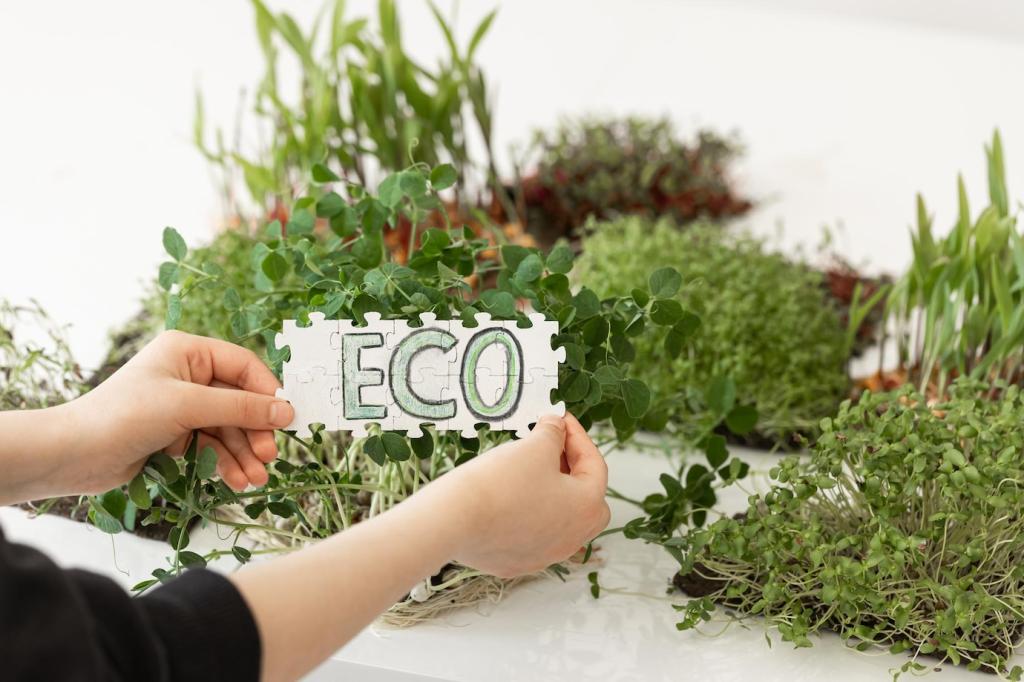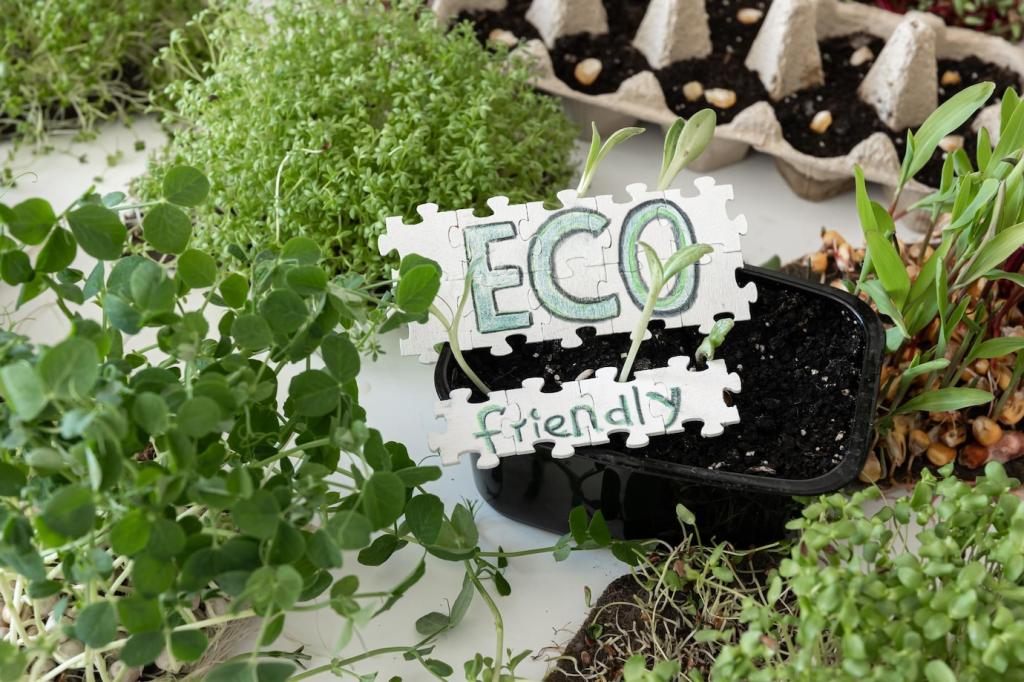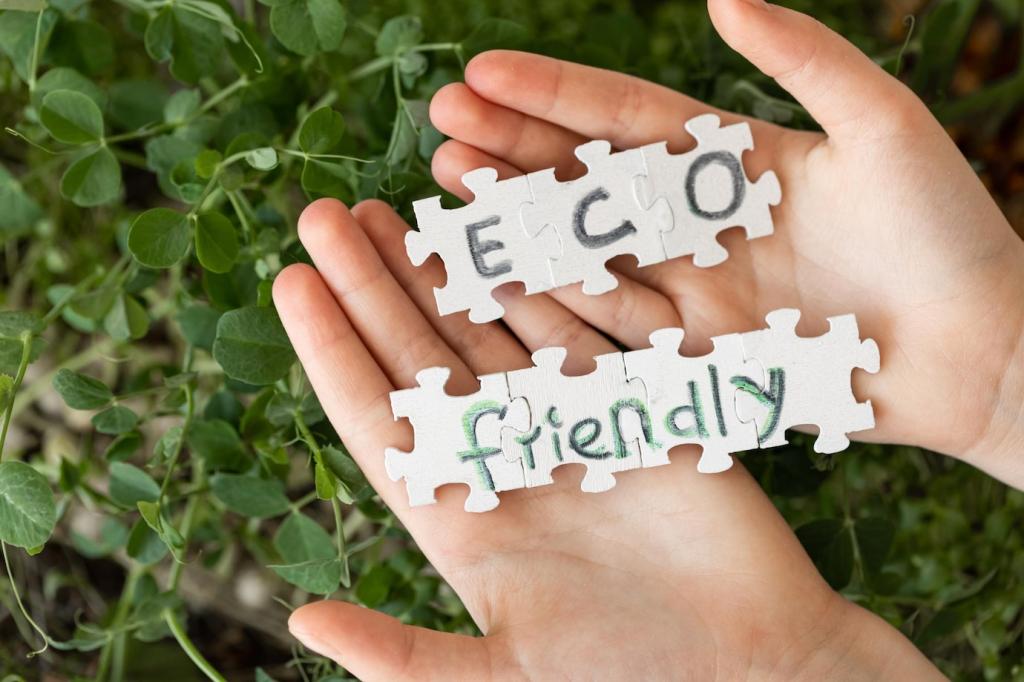Pest Balance: Nature’s Checks and Gentle Interventions
Integrated pest management begins by monitoring and identifying issues before acting. Aphids often arrive, then ladybugs follow. One spring, I waited three days and saw the balance return naturally. Keep a weekly scouting habit, record patterns, and comment on the beneficials you have spotted working silently in your beds.
Pest Balance: Nature’s Checks and Gentle Interventions
Planting basil near tomatoes can confuse pests, while nasturtiums lure aphids away from tender greens. We ringed our kale with nasturtiums and found damage clustered there instead. Share your companion combos, and subscribe to receive a printable companion chart designed for small raised beds and balcony containers.
Pest Balance: Nature’s Checks and Gentle Interventions
When intervention is needed, start gentle: insecticidal soap for soft-bodied pests, horticultural oil for smothering eggs, and row covers for tender seedlings. Always test on a leaf first. I saved a young apple sapling from scale with careful oil applications. Tell us which low-impact tools you keep on hand.
Pest Balance: Nature’s Checks and Gentle Interventions
Lorem ipsum dolor sit amet, consectetur adipiscing elit. Ut elit tellus, luctus nec ullamcorper mattis, pulvinar dapibus leo.








